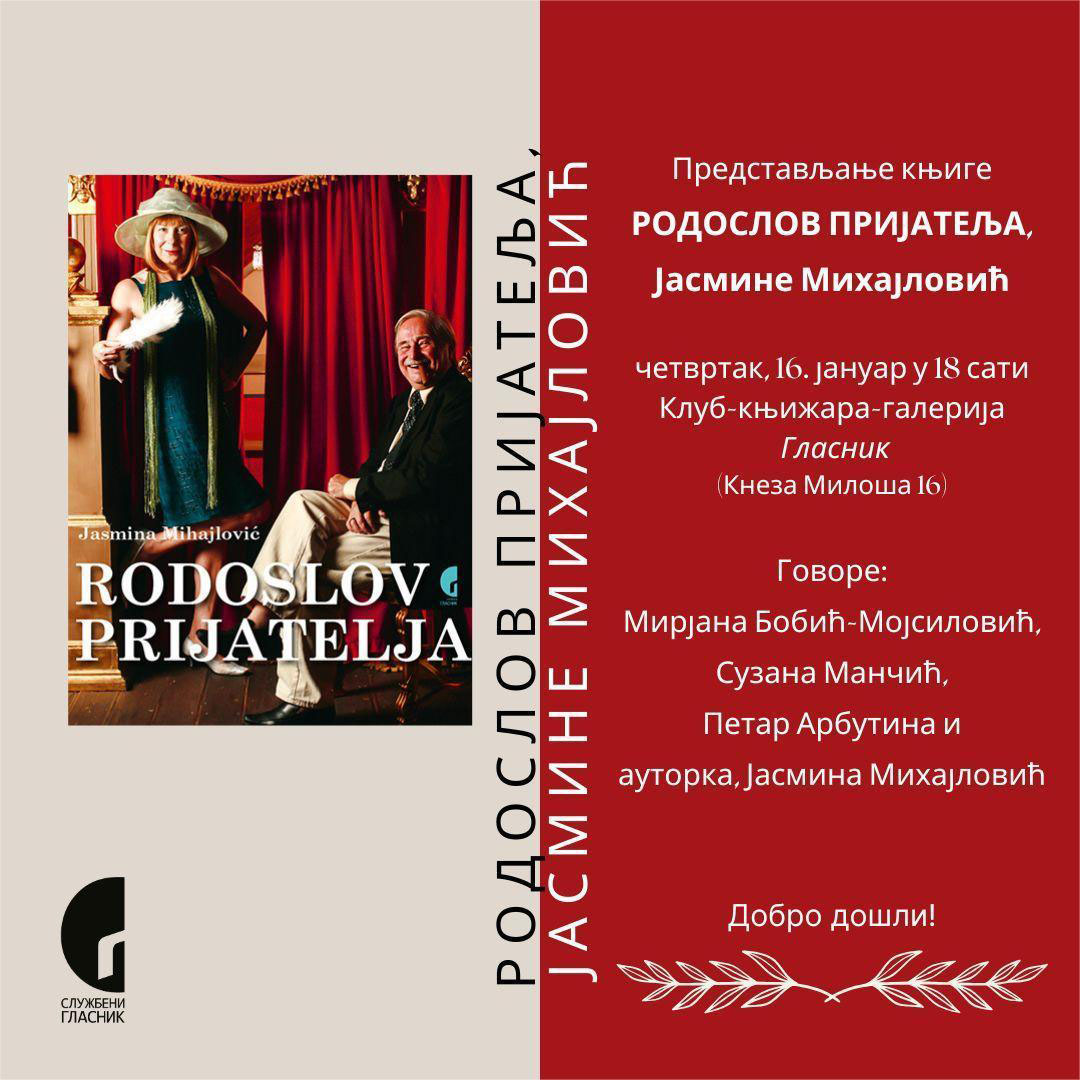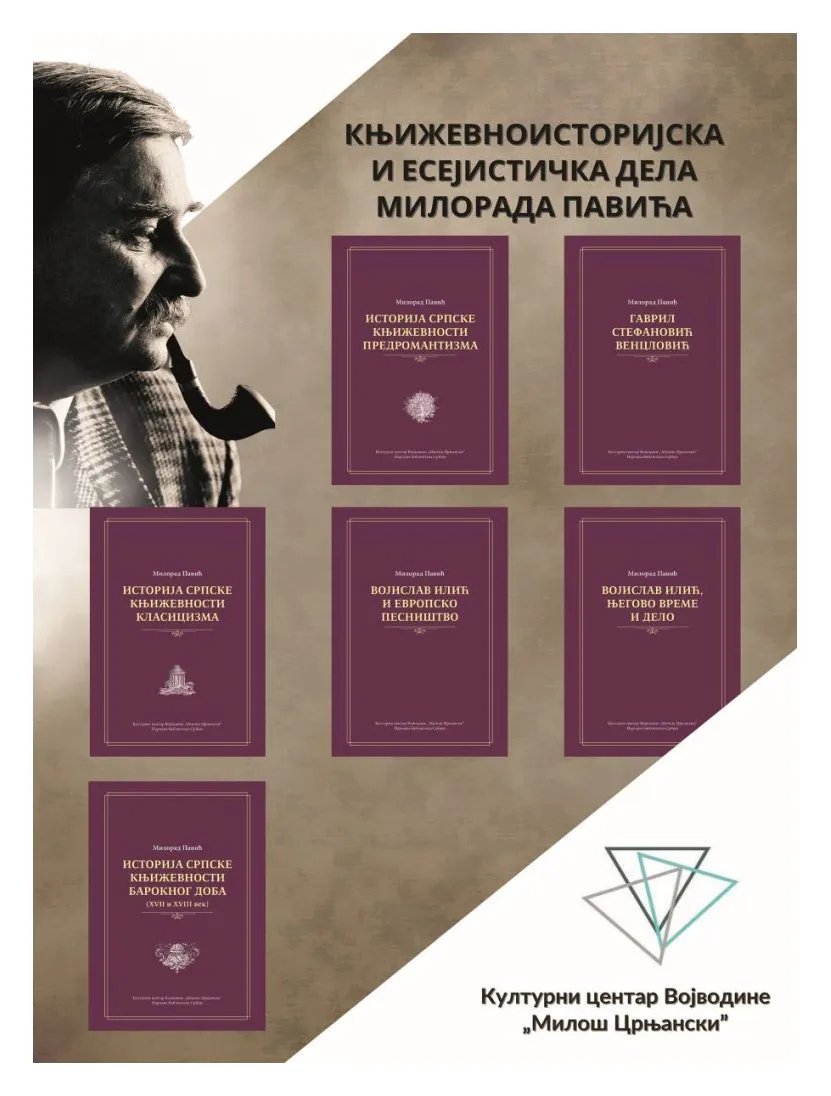The Glass Snail: A Pre-Christmas Tale
Original title: Stakleni puž. Pretpraznička povest
Basic book data
7 translations in 5 languages, Russian, English, Bulgarian, Ukrainian and Greek. First published on the Internet at:
http://www.rastko.rs/knjizevnost/pavic/puz/index.html
http://www.wordcircuits.com/gallery/glasssnail/
First published, as printed edition, in Belgrade, Dereta, 1998, 154 + 12 pages.
-
Стеклянная улитка (рассказы) (Glass Snail)
Санкт-Петербург, Амфора, 2000.
Санкт-Петербург, Азбука, 2000, 2001. -
The Glass Snail. A Pre-Christmas Tale (internet edition)
Word Circuits, August 2003.
http://www.wordcircuits.com/gallery/glasssnail/ -
Стъкленият охлюв (Glass Snail)
София, Агата, 2000. -
Скляний слимак (Glass Snail)
Київ, Всесвiт,2008. журнал іноземнoï лiтератури 9-10. -
Το γυάλινο σαλιγκάρι (Glass Snail)
ΚΑΣΤΑΝΙΩΤΗ, ΑΘΗΝΑ, 1999. -
Included in Forever And a Day [Kindle Edition e-book] (A selection of stories and poems and a play), Amazon.com, Kindle Store, 2012.
- Две интерактивни драми: Кревет за тројца и Стаклениот полжав (Glass Snail) Štrih, Skopje, 2023.
Overview
A hypertext fiction using the Word Circuits Connection Muse. The story includes two alternate beginning chapters and two alternate ends.
*
Like Dictionary of the Khazars, The Glass Snail has two alternatives of entering the story: a female and a male version, two points of view. The narrative structure is not a web: there are two beginnings, a middle section that is similar to both protagonists, and two differing endings.
Milorad Pavić
An electronic pre-holiday tale set on Christmas Eve. The structure of the tale is in the shape of the Cyrillic letter Х (H). The two opening chapters are interchangeable, after them comes a clasp in the form of the middle chapter, and then the story branches out again into two interchangeable endings, one of which is tragic, while the other is a happy end.
The Glass Snail was first published as a non-liner narrative, on the Internet: http://www.rastko.rs/knjizevnost/pavic/puz/index.html http://www.wordcircuits.com/gallery/glasssnail/ .
Then the story was published in the form of a book.
Reviews
World Circuits, August 2003
The celebrated Serbian author spins a haunting hypertext tale of two people brought together by a shared compulsion. Then the past begins to emerge mysteriously through their meeting, until it threatens to subsume the present.
The Digital Literature Review
The Glass Snail: A Pre-Christmas Tale is by the renowned Serbian writer Milorad Paviç, who has written tens of books: poems, novels, theory and hypertext. One of his major works, the narrative fiction Dictionary of the Khazars, has been published on cd-rom, first in 1998 and as an expanded edition in 2001. Pavic has experimented with the possibilities of a printed book like in a Landscape painted by Tea which is ”a novel in the form of cross-word puzzle”
Like Dictionary of the Khazars, The Glass Snail has two alternatives of entering the story: a female and a male version, two points of view. The narrative structure is not a web: there are two beginnings, a middle section that is similar to both protagonists, and two differing endings. The sense of narrative is strong: the fictional world is cohesive despite having two paths or perspectives that differ in describing some sayings or motives; the characters and their actions affect the world and each other. All the way the reader is linked temporally forward (you have a possibility to browse backwards but all the time you know its inversive direction and it doesn’t change the story) and in every phase the reader controls the pace of the progression. The reader gets a pretty clear and well motivated idea of the narrative, of how the glass snail was gotten, what happened to it and what it caused. For her who missed key acts there are also author’s suggestions to such lexias she hasn’t visited and what would be worth it.
The Glass Snail produces its meaning mainly on verbal language. The pages have some drawings and pictures on Egyptian sculptures and motifs, mainly to strengthen the themes of Egyptian myths. There’s no speech or sonic landscape in the narrative. The structure of this hypertextual artefact does not incorporate any such elements that wouldn’t work in a printed book. If the reader would have to choose from paths so that the she wouldn’t be able to roam through the other options, it would set her in front of such a task of a final decision that could not be arranged in printed form where any page can be reopened.
The more we get accustomed to digital literature, the less we choose our readings for their newness or exceptional mastery of hypertextual features but their literary value. As a professional and appreciated writer Paviç has no troubles in creating a well-playing narrative that the user enjoy being with. So in this instance the story is good, the hypertextual execution is fine and the user gets her dose of fiction.
When praising hypertext and its capabilities George Landow discussed whether poetry is more central to hypertext than narrative. He cited Jerome J. McGann: ”The object of poetry is to display the textual condition” (qtd. in Hypertext 2.0: 215) and continued esteeming cautiously that ”whether lyric poetry or narrative will draw more inspiration from the electronic link remains to an open question.” (218) My experiences show that the hypertextual structure itself does not exclude either.
*
Like Dictionary of the Khazars, The Glass Snail has two alternatives of entering the story: a female and a male version, two points of view. The narrative structure is not a web: there are two beginnings, a middle section that is similar to both protagonists, and two differing endings. The sense of narrative is strong: the fictional world is cohesive despite having two paths or perspectives that differ in describing some sayings or motives; the characters and their actions affect the world and each other. All the way the reader is linked temporally forward (you have a possibility to browse backwards but all the time you know its inversive direction and it doesn’t change the story) and in every phase the reader controls the pace of the progression. The reader gets a pretty clear and well motivated idea of the narrative, of how the glass snail was gotten, what happened to it and what it caused. For her who missed key acts there are also author’s suggestions to such lexias she hasn’t visited and what would be worth it.
Readers reviews
-
Milorad Pavic’s The Glass Snail is required reading for those of you who constantly wonder what Vladimir Nabokov might have accomplished with hypertext. Check it.
-
The celebrated Serbian author Milorad Pavic spins a haunting hypertext story of two people brought together by a shared compulsion. Then the past begins to emerge mysteriously through their meeting, until it threatens to subsume the present. Read: The Glass Snail, by Milorad Pavic
-
The intermixing of different historical epochs is vaguely reminiscent of Milorad Pavic's tiny novella called The Glass Snail, in which the life of the ancient Egyptian queen Hatshepsut is connected to the life of a modern-day Serbian woman.








